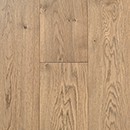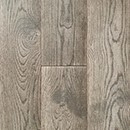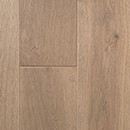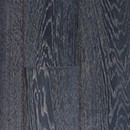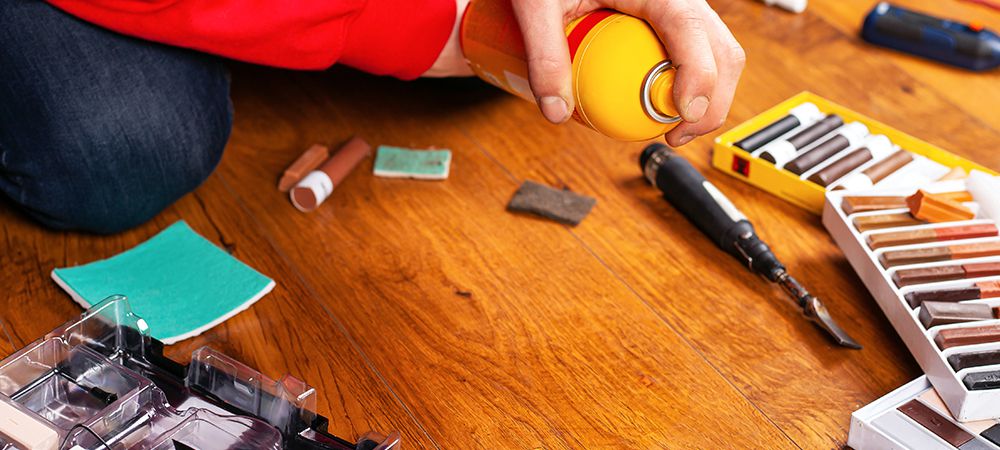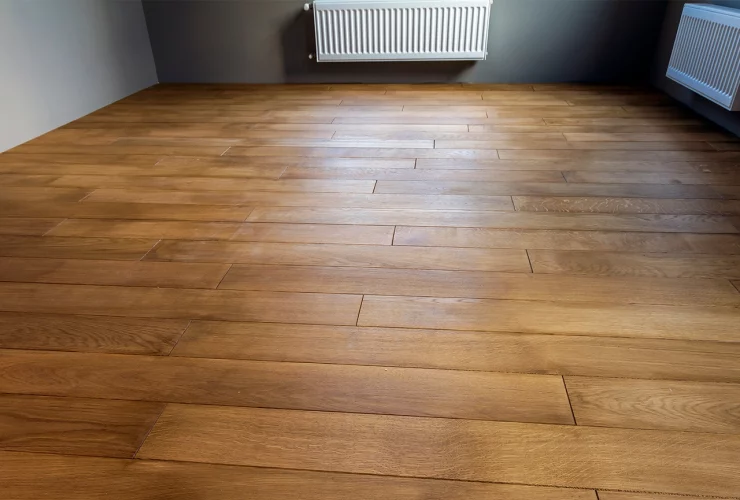How to Remove Scratches from Engineered Hardwood Floors?
Having the opportunity to install hardwood as the flooring material for a house is a dream of many people in Ontario. With hardwood being known for its durability and strength, this type of material is also known to cost more than other types of flooring options. Engineered hardwood is a kind of hardwood flooring that is increasing in popularity. Having added protection to withstand various types of external forces, this type of hardwood flooring is an investment that will benefit the user for a long period of time. However, there is no material that is perfect. Even the best hardwood flooring panels are still prone to getting scratches at any time. This article will give you some important information about engineered hardwood flooring and some tips on how you can remove scratches on them.
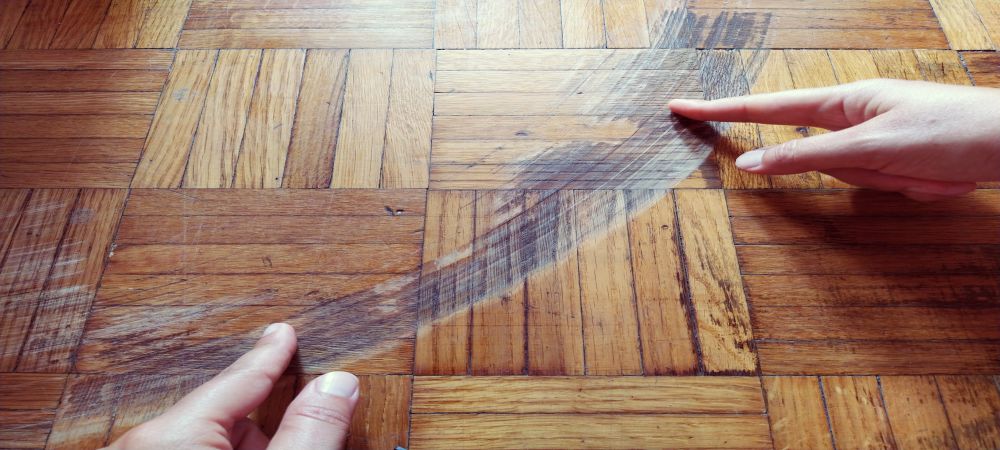 How Is Engineered Hardwood Flooring Different from Other Flooring Options?
How Is Engineered Hardwood Flooring Different from Other Flooring Options?
Before discussing ways in dealing with the scratches that have occurred on your engineered hardwood flooring panels, it is recommended that you first get to know more about this type of flooring option. Knowing the characteristics of engineered hardwood flooring will help you understand why even with its durability and strength, it still receives scratches and other types of structural damage. Also, it is also best if you get to see the difference it has with other types of flooring options. You may refer to the following list for more information about engineered hardwood flooring:
- This type of flooring option is known for its strength and durability. One of the reasons why this is true is because it makes use of solid wood coming from hardwood trees. Hardwood trees are known for being denser compared to other types of trees. This is due to them having a slower growth rate. The higher density in the wood produced helps create stronger flooring panels. Hardwood is used as a wear layer in this type of flooring option. This means that the topmost layer in engineered hardwood flooring panels is always made from solid hardwood material.
- Another factor that adds to the strength, durability, and resistance to wear and tear of engineered hardwood flooring panels is the fact that it is composed of multiple plies of wood veneer. By bonding the wood veneer with high-quality adhesive, the resulting flooring panel is able to prevent moisture or water from penetrating through to the different plies of wood veneer. In addition, the flooring panels created are applied with sealant and protective coating which enhances their capabilities to resist factors that can easily deform regular solid wood flooring. Since wood is vulnerable against the presence of heat or cold temperature, it is known to shrink or expand that would cause movement on the wood flooring of the house. Exposure to heat will make wood flooring panels rise up, while cold temperature causes the wood flooring to create gaps in between the flooring panels. But with the resisting capabilities given by the adhesive, sealant, and the protective coatings applied on engineered flooring panels, there is very little chance for any movement of the flooring panels of the house all throughout the year. This makes it one of the best options to be used for a house located in an area that is regularly exposed to extreme climate changes just like Canada.
- By using solid wood from a hardwood tree as the topmost veneer, the flooring panel is able to produce the same value, with regards to aesthetics, which a solid hardwood flooring panel is able to give. Depending on the species of the hardwood tree that is used for the topmost veneer, you are given options to have different styles which may be installed in different rooms of a house. Using engineered hardwood flooring is a good way to increase the resale value of any house. Since it is not visible if your flooring is using engineered hardwood or solid hardwood, the mere fact that the flooring is made from hardwood will already be enough reason for the value to increase.
- One of the characteristics any type of hardwood floor has, which other flooring options do not possess, is that it can be refinished multiple times. This is a way of reviving the hardwood floors without replacing any of the flooring panels. After the flooring panels have been refinished, their lives are usually extended for more than 5 years. However, when it comes to engineered hardwood flooring panels, the thickness of the topmost layer will determine the number of times that is allowable for it to be refinished. Since refinishing involves sanding the surface of the topmost layer, it would depend on how much wood was removed. Usually, sanding will remove about 0.5 mm from the topmost layer. So if the topmost layer originally had a thickness of 3 mm, then it has the possibility of being refinished up to 3 times. This is why choosing engineered hardwood flooring panels that have a thicker wear layer is more cost-efficient if you are looking at the long-term advantages of your flooring.
- Hardwood flooring has a drawback when it comes to its cost. The strength and durability of the wood material coming from hardwood trees are the ones that dictate such a cost. However, hardwood flooring may be in the form of engineered hardwood or it may use solid hardwood. The main difference between the two is that solid hardwood flooring does not use any other component other than the solid wood coming from the hardwood tree. This means that the flooring panel is created by directly cutting and shaping a piece of solid wood coming from the hardwood tree. This eventually gives solid hardwood flooring panels a higher price as compared to engineered hardwood that uses thinner hardwood material.
- Cleaning and maintaining engineered hardwood floors is easy. There are cleaning agents specifically made to be applied on hardwood floors so that the material would not get damaged from strong chemicals.
Scratches On Engineered Hardwood Floors
Any type of wood flooring is susceptible to getting scratched. Even if the wood used by the flooring panels has a very high Janka hardness rating, it is still not safe from scratching. The good thing with engineered hardwood flooring panels is that there are protective coatings used that may be scratch-resistant. Depending on the types of materials the manufacturers used to coat on the engineered hardwood flooring panels, there may also be a chance that the protective coating is not scratch-resistant. Also, there is no perfect material that will make the floor 100% scratch-resistant. It is inevitable that your hardwood floors may get scratched from your pets, shoes with heels, or by moving around furniture that has something sharp under its base.
How To Remove Scratches from Engineered Hardwood Floors
If your engineered hardwood floor was applied with a glossy finish, scratches will be very visible. But you should not panic if you see scratches all over your hardwood floor. There are many ways to deal with them and will not take up much of your time. You may refer to the following for some of the common ways of removing scratches on your engineered hardwood floors:
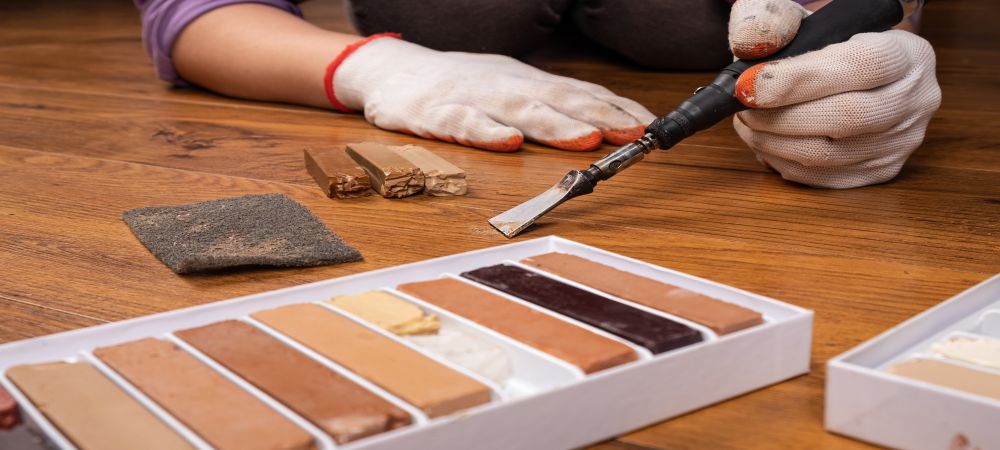 You may use based repair kits to remove the scratches on your flooring panels.
You may use based repair kits to remove the scratches on your flooring panels.
o The good thing with this type of repair kit is that there are many shades to choose from. You can pick the best one that would match your current floor design.
o A repair kit usually includes all the tools you will need to fulfill the job. You may need to follow the specific instructions for each repair kit.
o One of the common steps being followed when using this type of repair kit is that the floor must be thoroughly cleaned to ensure that there is no dust on the scratches. Rubbing alcohol may be applied to the scratches to really make sure that there are no signs of dust particles. A putty knife is usually used to apply to the scratches. Users should remember to use just small amounts, just enough to fill up the scratches. Any excess must be removed to keep the area clean. You should also gently buff the areas where was applied. You should then apply sealant like polyurethane or varnish on the affected areas.
If there are no available repair kits for wood, you can also use sanding to repair scratches.
o With this method you will need some elbow grease, fine-grit sandpaper, and a can of stain that will match the color and shade of your flooring.
o The first thing you must do is apply a little amount of elbow grease on the scratches. Then you may proceed with sanding the areas that have scratches. You must always remember that you should sand in the direction of the grain. Apply a tiny amount of stain on the areas that were sanded. You should then wait for a few minutes for the stain to settle before you gently buff using a cloth.
It Is Easy to Remove Scratches on Your Engineered Hardwood Floors
Any type of wood floors can get scratches, especially if there are animals or sharp objects placed near them. The good thing with engineered hardwood floors is that these scratches can be fixed easily. You just have to make sure that you are using materials that are meant for hardwood. Also, you must ensure that the stain you will be applying to your floor will match its color and shade to avoid degrading the beautiful appearance of your hardwood floor. If you have any concerns that are related to any type of flooring, you may contact Three Trees Flooring at (416) 665-2624.


